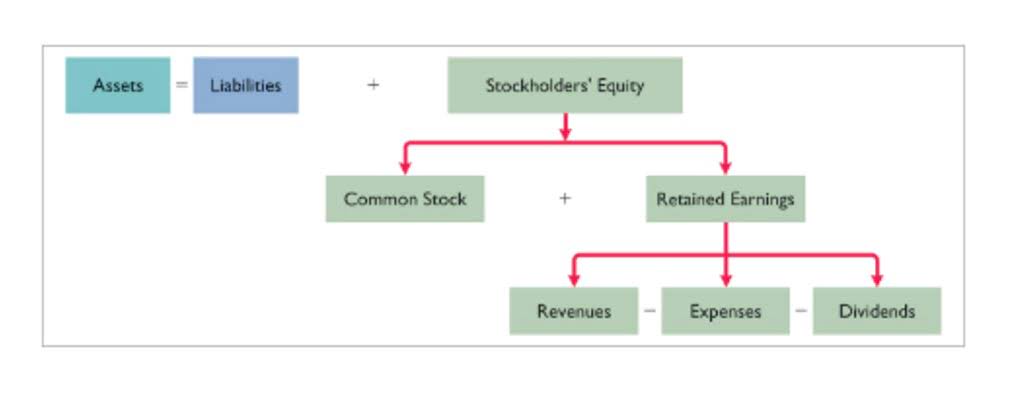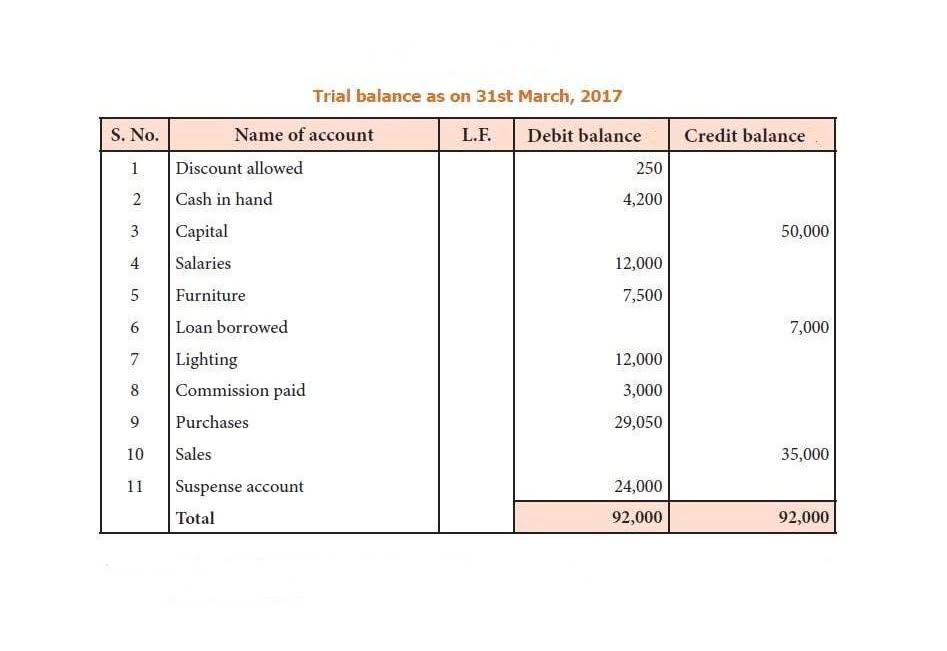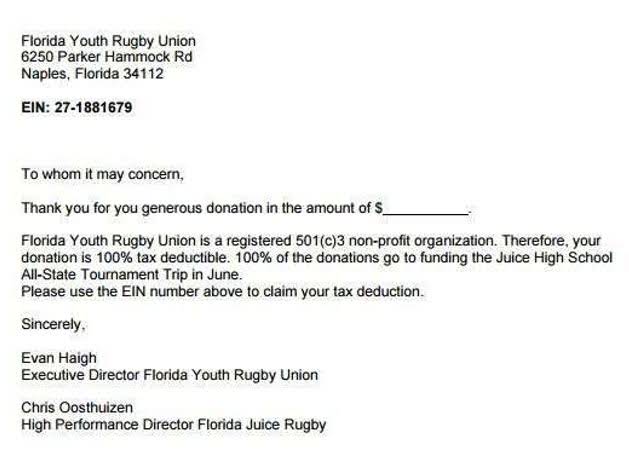
Companies often have to pay insurance fees in advance, which means they need to record the payments as current assets. This can be a challenge, particularly if the company has to make monthly payments. The best way to handle this is to allocate the payments to expenses on a monthly basis.

‘We want more babies’: Trump’s IVF plan draws flak from right and left
- The expense would show up on the income statement while the decrease in prepaid rent of $10,000 would reduce the assets on the balance sheet by $10,000.
- Recall that prepaid expenses are considered an asset because they provide future economic benefits to the company.
- In this journal entry, the company records the prepaid insurance as an asset since it is an advance payment which the company has not incurred the expense yet.
- Additionally, an organization reporting under US GAAP must follow the matching principle by recognizing expenses in the period in which they are incurred.
- If you’re using manual ledgers for your accounting, you can create a spreadsheet outlining your monthly expenses that will need to be recorded in your general ledger as an adjusting entry.
As a financial consultant or business owner, it is critical to understand prepaid expenses and how to account for them. A prepaid expense is a payment made in advance for goods or services that will be received in the future. These payments are recorded as assets on the balance sheet until they how to record prepaid insurance in journal entry are used or consumed, at which point they become expenses on the income statement. So, it involves recording the financial transactions that show the debit and credit accounts affected. When businesses make payments in advance for products or services, these are known as prepaid expenses.
Adjusting entries for prepaid expense
Because the expense expires as you use it, you can’t expense the entire value of the item immediately. Record a prepaid expense in your business financial records and adjust entries as you use the item. It is important to consider what basis of accounting an organization is operating under when assessing how to account for prepaid expenses.

Mistakes to avoid when you record prepaid expenses journal entries

If you believe that using summary entries can help you more accurately account for your business transactions, you might want to give Synder a try in a Daily Summary sync mode. Or if you prefer a specialist to talk you through the process via a live chat, book office hours with the Synder support team. GVG Company acquired a six-month insurance coverage for its properties on September 1, 2021 for a total of $6,000. Expenses are recognized when they are incurred regardless of when paid. Expenses are considered incurred when they are used, consumed, utilized or has expired. Since the policy lasts one year, divide the total cost of $1,800 by 12.
Definition of Payment for Insurance
Concurrently, we are also amortizing both the long-term and short-term balances of the prepaid subscription. The adjusting journal entry is done each month, and at the end of the year, when the insurance policy has no future economic benefits, the prepaid insurance balance would be 0. Organizations https://www.bookstime.com/articles/what-are-income-statement-accounts typically use a prepaid expense ledger to monitor the total amount of money spent on prepayments, when payments are due, and when they will be received. This helps ensure that companies are accurately accounting for their assets while also staying up-to-date with any upcoming liabilities.
“We are going to be, under the Trump administration, we are going to be paying for that treatment,” Trump said in his interview with NBC, adding, “We’re going to be mandating that the insurance company pay.” I recommend checking with your client’s tax accountant because of the complexities around high value assets and costly damages. So, if you originally put the repairs against a Repairs & Maintenance expense account, that is the account you will put the insurance proceeds against. This journal would be used if your business has paid or will be paying a contractor to repair something.

The above journal is only used when the business pays for the owner’s personal insurance out of the business bank account. So when it comes to entering these transactions into the bookkeeping records of a business there are different journal entries to consider. Prepaid advertising provides several benefits to businesses, including the ability to secure preferred advertising positions and rates, manage cash flow, and plan for future marketing expenses.
- Because your new landlord allowed you to move in early, he’s now requesting you pay rent for the entire year, in advance.
- This is done with an adjusting entry at the end of each accounting period (e.g. monthly).
- “We are going to be, under the Trump administration, we are going to be paying for that treatment,” Trump said in his interview with NBC, adding, “We’re going to be mandating that the insurance company pay.”
- Failing to record prepaid expenses accurately can result in inaccurate financial reports and misrepresentations of the company’s financial position.
- Prepaid expenses refers to payments made in advance and part of the amount will become an expense in a future accounting period.
- It’s also important to ensure that the expense is recognized in the correct period, as recording it in the wrong period can skew financial statements.

Not adjusting prepaid expenses at the end of the accounting period
- But even if you simply use a spreadsheet to calculate your monthly expenses, managing prepaid expenses is one of the easier things you’ll need to manage.
- Prepaid expenses (a.k.a. prepayments) represent payments made for expenses which have not yet been incurred or used.
- The total assets remain unchanged, as the increase in prepaid insurance is offset by the decrease in cash.
- For the insurance policy, you will recognize $100 of insurance expenses each month ($1,200/12 months).